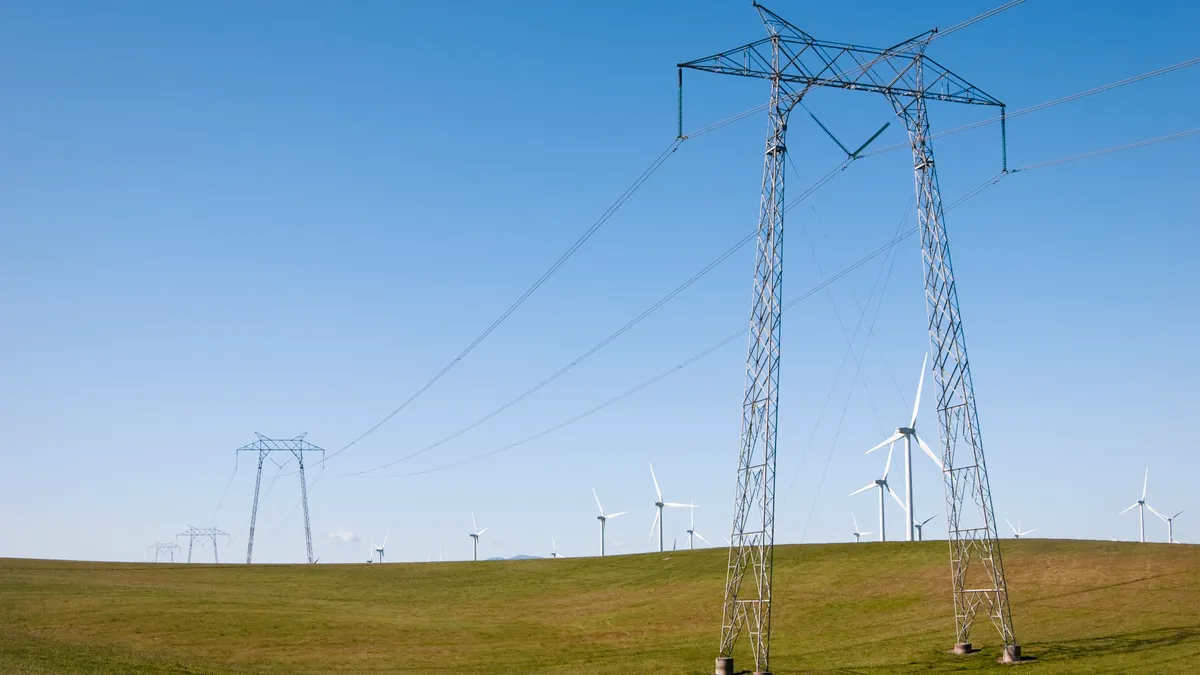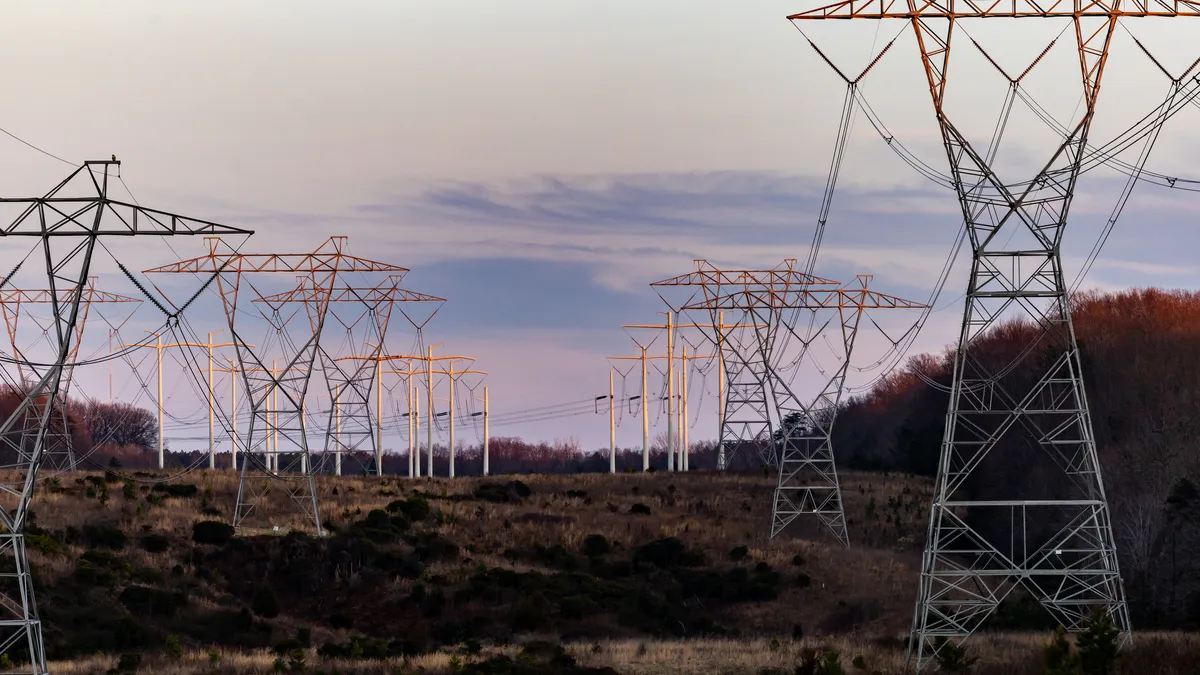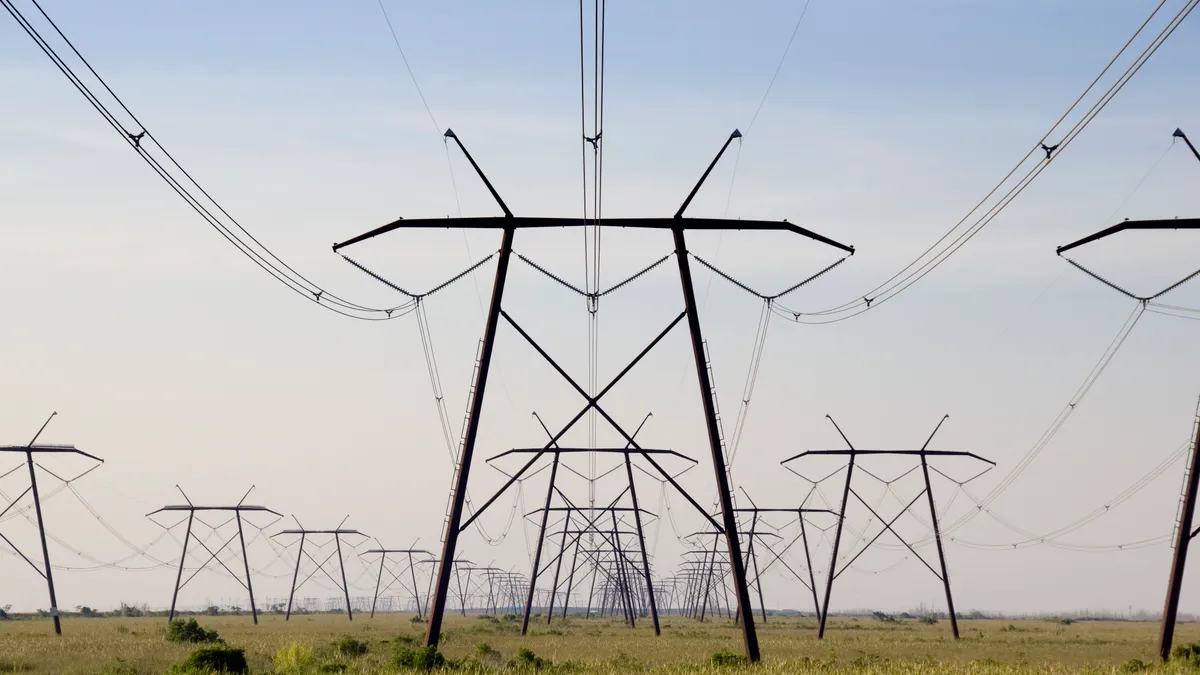The debt ceiling compromise agreed to by Congress and the White House early this month contains long-awaited, if limited, permitting reforms – but may have hurt the outlook for additional promised reform and transmission legislation.
“The prospects for legislation were damaged as a result of the provisions that were already included in the debt ceiling bill,” Richard Glick, former Federal Energy Regulatory Commission chairman, said in an interview.
The bill includes measures aimed at speeding up the permitting process, such as setting deadlines for environmental reviews. It also authorizes the partly built Mountain Valley natural gas pipeline, a priority for Sen. Joe Manchin, D-W.Va.
When the White House and House Republicans reached an agreement on the debt ceiling legislation, Speaker Kevin McCarthy and other House Republicans said they and the White House would seek additional permitting legislation.
But the pathways for getting there have narrowed, according to experts.
“In spite of what we believe are very sincere intentions to broker deals and get stuff done, they may not materialize,” said Christine Tezak, managing director at research firm ClearView Energy Partners.
Among the hurdles, Democrats aren’t on the same page on reform and Manchin will need to see if he can reach some “critical mass” in his caucus that could attract Republican votes, she said.
Generally, there are two camps on permitting reform and transmission development: one that wants reforms for fossil-fuel focused “energy dominance” and one centered on renewable development, according to Doug Benevento, a partner with Holland & Hart.
“Both sides want infrastructure, but they want it for different purposes, and there's not necessarily agreement on doing both together,” he said. It’s unclear where compromise on permitting reform would apply equally to both camps, he said.
Also, Congress aims to return to enacting individual appropriations bills instead of appropriating via omnibus legislation, which often served as a must-pass vehicle for non-appropriations measures, according to Benevento.
“There's only a limited number of potential legislative vehicles on any matter, especially these days when it's so hard to get anything through Congress,” Glick said.
Getting some infrastructure permitting reform in the debt ceiling bill eases the pressure on lawmakers to compromise for more, according to Larry Gasteiger, executive director of WIRES, a trade group for utilities, grid operators and other companies in the transmission sector.
“There's a potential for folks to think, ‘Well, we did something on this so why do we need to revisit the issue again anytime soon?’” he said.
In another complication, 2024 is an election year, which could make it harder for lawmakers to compromise, according to Gasteiger.
Phillips pledges action on regional transfer capacity
In a possible blow to transmission development, the debt ceiling bill requires the North American Electric Reliability Corp. to study within 18 months whether more transmission capacity is needed between regions. The Federal Energy Regulatory Commission would then have a year to seek and consider public comments on NERC’s study and file a report with Congress.
After the agency held a conference with state regulators on the issue in December, FERC acting Chairman Willie Phillips has said that developing a proposal to boost the transmission capacity between regions is a top priority, but the NERC study could slow that plan, according to Gasteiger.
“The potential is that the study is likely to either delay or displace some action on either a regulatory or legislative front until the study plays out,” Gasteiger said.
Phillips on Tuesday told a House subcommittee that he plans to push for action at FERC while NERC conducts the study.
“Those two proceedings can move forward in parallel,” he said during the hearing held by the Energy and Commerce Committee’s energy, climate, and grid security subcommittee. “I am not aware of any requirement that we wait. It is not my intention to wait.”
Finalizing a rule on interregional transfer capability is “critical,” FERC Commissioner Allison Clements told the panel. It can help power flow from region to region during extreme weather when the grid is stressed, she said.
“We need to move forward and finalize a strong interregional transfer capability rule,” Clements said. “There's been broad consensus across the industry and across stakeholders that that is the case and we're working on what kind of methodology might be appropriate.”
ClearView’s Tezak said there is no impediment to pushing forward with discussions on increased transfer requirements. However, she cautioned that there isn’t always power available to move from one region to another.
Increasing transmission capacity between regions may help at the “margins,” but isn’t a panacea for improving grid reliability, FERC Commissioner James Danly said at the hearing.
A requirement for increased transfer capacity was dropped from the debt ceiling bill over uncertainty about how much should be required, and how quickly, according to Gasteiger. Sen. John Hickenlooper, D-Colo., and Rep. Scott Peters, D-Calif., said last month they plan to introduce a bill requiring regions to be able to transfer at least 30% of their peak loads with other regions.
Eyes on FERC
With additional permitting and transmission legislation uncertain, the attention turns to the regulatory front and FERC, where a pending proposal for interconnection reform appears close to action.
“Our immediate focus is on interconnection queue reform,” Phillips said. “I do believe that is probably the biggest bang for our buck, something that we can do immediately to help unblock the bottlenecks that we see right now.”
U.S. interconnection queues grew 45% last year, with more than 1,350 GW of generation and 680 GW of storage waiting to connect to the grid, according to an April report from the Lawrence Berkeley National Laboratory. Projects that were built last year were in the interconnection queue for five years on average, up from three years in 2015, the national lab found.
Phillips said he aims to issue a final interconnection rule in the “coming months” and have pending proposals on regional transmission planning and cost allocation and on the agency’s backstop siting authority completed in one to two years.
“Everything is changing in our industry, and we have to make sure that we get this right,” he said in explaining the expected timeline. “If we get it wrong, it will set back everything.”
Those changes include major sources of funding for emissions-free energy projects through the Infrastructure Investment and Jobs Act and the Inflation Reduction Act, as well as increasingly extreme weather that hurts grid reliability. Both issues call for more transmission development.
“Most experts believe there's not enough current transmission capacity to meet that demand and so more investment needs to be made,” Glick said.
But the current approaches to transmission planning, siting power lines, sharing their costs and connecting generators to the grid are barriers to transmission development, according to Glick.
“There's great concern right now that all this demand, all these extra gigawatts that people are talking about, as a result of the Inflation Reduction Act may not actually get built because of lack of adequate transmission,” he said.






















